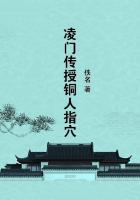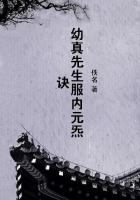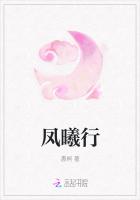Some hold that, owing to the necessity of knowing the primary premisses, there is no scientific knowledge. Others think there is, but that all truths are demonstrable. Neither doctrine is either true or a necessary deduction from the premisses. The first school, assuming that there is no way of knowing other than by demonstration, maintain that an infinite regress is involved, on the ground that if behind the prior stands no primary, we could not know the posterior through the prior (wherein they are right, for one cannot traverse an infinite series): if on the other hand-they say-the series terminates and there are primary premisses, yet these are unknowable because incapable of demonstration, which according to them is the only form of knowledge. And since thus one cannot know the primary premisses, knowledge of the conclusions which follow from them is not pure scientific knowledge nor properly knowing at all, but rests on the mere supposition that the premisses are true. The other party agree with them as regards knowing, holding that it is only possible by demonstration, but they see no difficulty in holding that all truths are demonstrated, on the ground that demonstration may be circular and reciprocal.
Our own doctrine is that not all knowledge is demonstrative: on the contrary, knowledge of the immediate premisses is independent of demonstration. (The necessity of this is obvious; for since we must know the prior premisses from which the demonstration is drawn, and since the regress must end in immediate truths, those truths must be indemonstrable.) Such, then, is our doctrine, and in addition we maintain that besides scientific knowledge there is its originative source which enables us to recognize the definitions.
Now demonstration must be based on premisses prior to and better known than the conclusion; and the same things cannot simultaneously be both prior and posterior to one another: so circular demonstration is clearly not possible in the unqualified sense of 'demonstration', but only possible if 'demonstration' be extended to include that other method of argument which rests on a distinction between truths prior to us and truths without qualification prior, i.e. the method by which induction produces knowledge. But if we accept this extension of its meaning, our definition of unqualified knowledge will prove faulty; for there seem to be two kinds of it.
Perhaps, however, the second form of demonstration, that which proceeds from truths better known to us, is not demonstration in the unqualified sense of the term.
The advocates of circular demonstration are not only faced with the difficulty we have just stated: in addition their theory reduces to the mere statement that if a thing exists, then it does exist-an easy way of proving anything. That this is so can be clearly shown by taking three terms, for to constitute the circle it makes no difference whether many terms or few or even only two are taken.
Thus by direct proof, if A is, B must be; if B is, C must be; therefore if A is, C must be. Since then-by the circular proof-if A is, B must be, and if B is, A must be, A may be substituted for C above. Then 'if B is, A must be'='if B is, C must be', which above gave the conclusion 'if A is, C must be': but C and A have been identified. Consequently the upholders of circular demonstration are in the position of saying that if A is, A must be-a ****** way of proving anything. Moreover, even such circular demonstration is impossible except in the case of attributes that imply one another, viz. 'peculiar' properties.
Now, it has been shown that the positing of one thing-be it one term or one premiss-never involves a necessary consequent: two premisses constitute the first and smallest foundation for drawing a conclusion at all and therefore a fortiori for the demonstrative syllogism of science. If, then, A is implied in B and C, and B and C are reciprocally implied in one another and in A, it is possible, as has been shown in my writings on the syllogism, to prove all the assumptions on which the original conclusion rested, by circular demonstration in the first figure. But it has also been shown that in the other figures either no conclusion is possible, or at least none which proves both the original premisses. Propositions the terms of which are not convertible cannot be circularly demonstrated at all, and since convertible terms occur rarely in actual demonstrations, it is clearly frivolous and impossible to say that demonstration is reciprocal and that therefore everything can be demonstrated.

